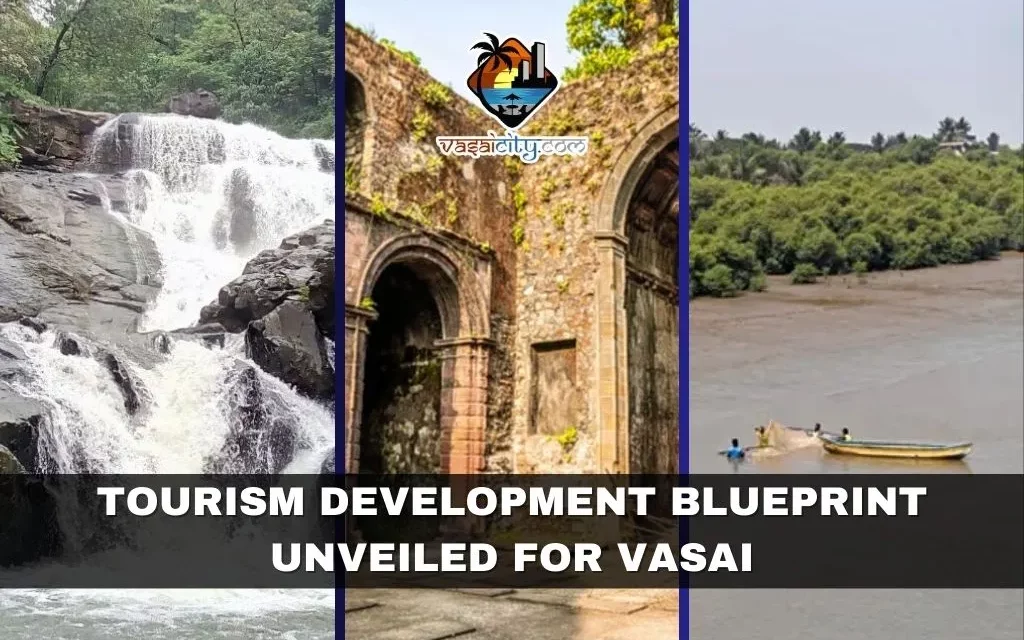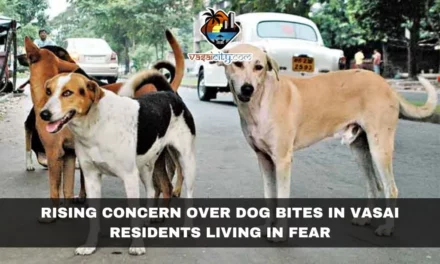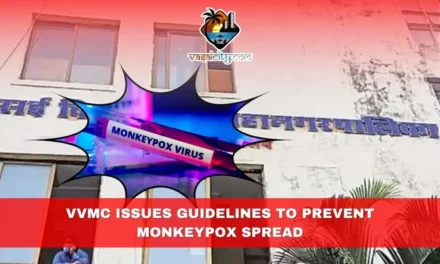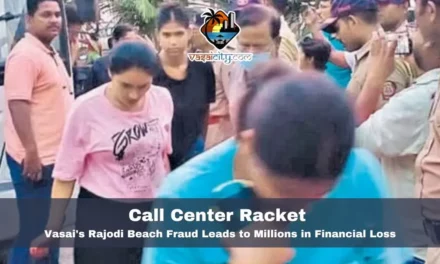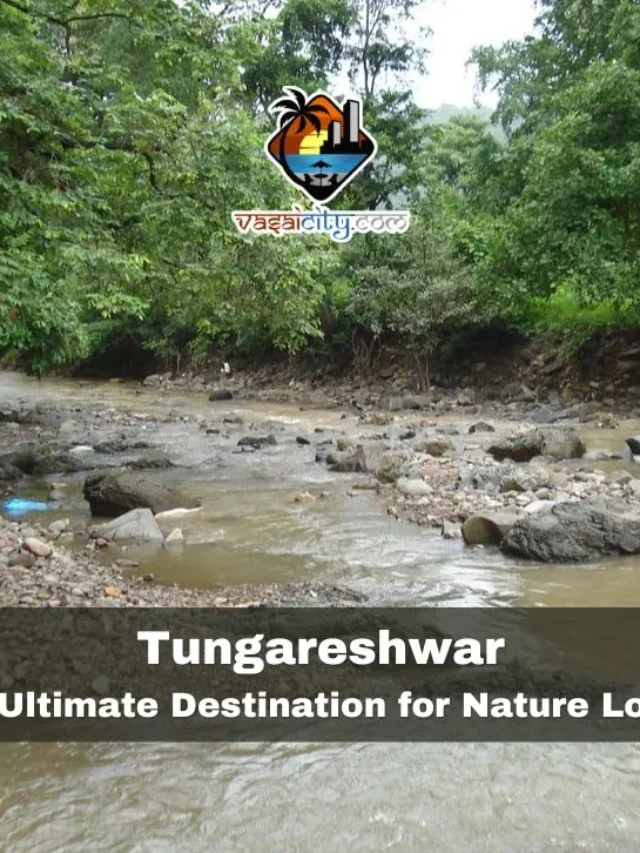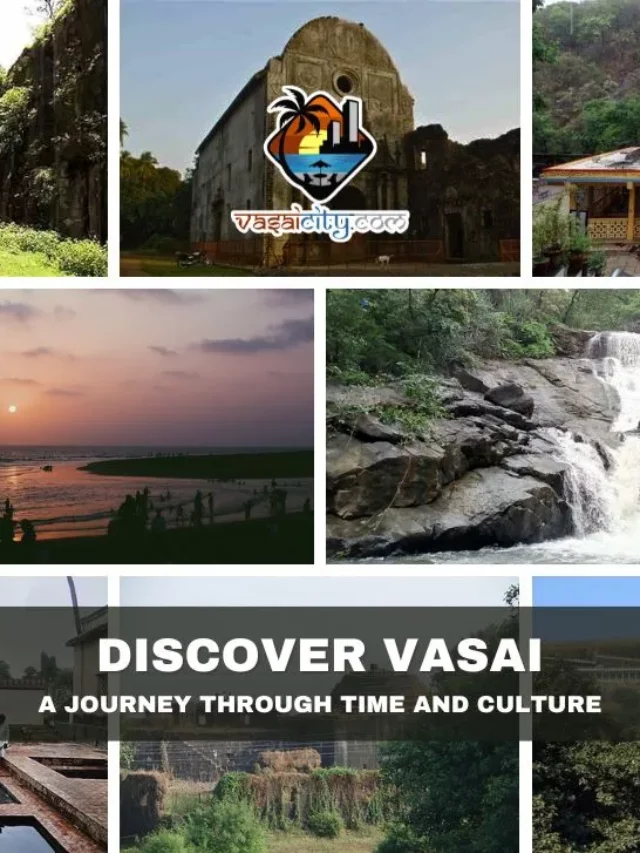In a bid to foster tourism and bolster the economic prospects of Vasai-Virar cities, the municipal authorities have set their sights on creating a comprehensive ‘Tourism Development Blueprint‘. This strategic plan aims not only to enhance the tourism sector but also to generate employment opportunities for the local communities, a move seen as pivotal in the municipal agenda. The decision to embark on this transformative journey was recently announced by Municipal Commissioner Anil Kumar Pawar, who has entrusted the Urban Planning Department with the responsibility of drafting the blueprint. The estimated budget for this ambitious endeavor stands at a substantial 180 million rupees.
Vasai-Virar has earned its reputation as a prominent tourist destination, owing to various factors that contribute to its charm. The city boasts expansive coastal areas, wildlife sanctuaries, and other unique natural attractions. Furthermore, it is home to numerous historical temples and churches, complemented by lush greenery and agricultural fields. Notable landmarks like the Arnala Fort, coastal churches, Jivdani Temple, and the Tungareshwar Wildlife Sanctuary make Vasai a diverse and captivating destination for tourists.
Recognizing the potential for a thriving tourism circuit in Vasai, the authorities aim to integrate several religious sites into the plan. Sites such as the Jivdani Temple, Datta Mandir at Hira Dongri, Giriz, and the Sopara Buddhist Stupa are expected to be key components of this proposed tourism circuit. The blueprint intends to leverage the existing human resources and daily activities of the city’s populace to create a sustainable framework for tourism development.
Commissioner Anil Kumar Pawar emphasized the need to consider the daily routines and skills of the local populace in the formulation of the Tourism Development Blueprint. The appointment of a planning expert is in line with this approach, ensuring a holistic evaluation of foundational practices, development aspirations, and the socio-economic fabric of the region.
Responsibilities of the planning expert include formulating fundamental practices, developing a conceptual framework, evaluating available documents and plans, assessing government initiatives, conducting baseline analyses, describing the tourism sector, preparing a development proposal, creating GIS-based maps, and crafting a comprehensive tourism plan. The meticulous nature of these tasks reflects the city’s commitment to creating a well-rounded and sustainable tourism model.
To facilitate the efficient execution of this project, the municipal authorities have planned to conduct e-tendering for various aspects of the project. This modern approach is expected to streamline the process and ensure transparency. With an earmarked budget of 180 million rupees, the municipal administration is gearing up to embrace this visionary initiative that holds the promise of transforming Vasai-Virar into a thriving and culturally rich tourist destination.
In conclusion, the unveiling of the ‘Tourism Development Blueprint’ signifies a strategic move by Vasai-Virar municipal authorities to harness the city’s inherent potential for tourism. Through meticulous planning, community involvement, and a dedicated budget, the city aims to carve a niche for itself on the tourism map, promising economic growth and sustainable development for years to come.

